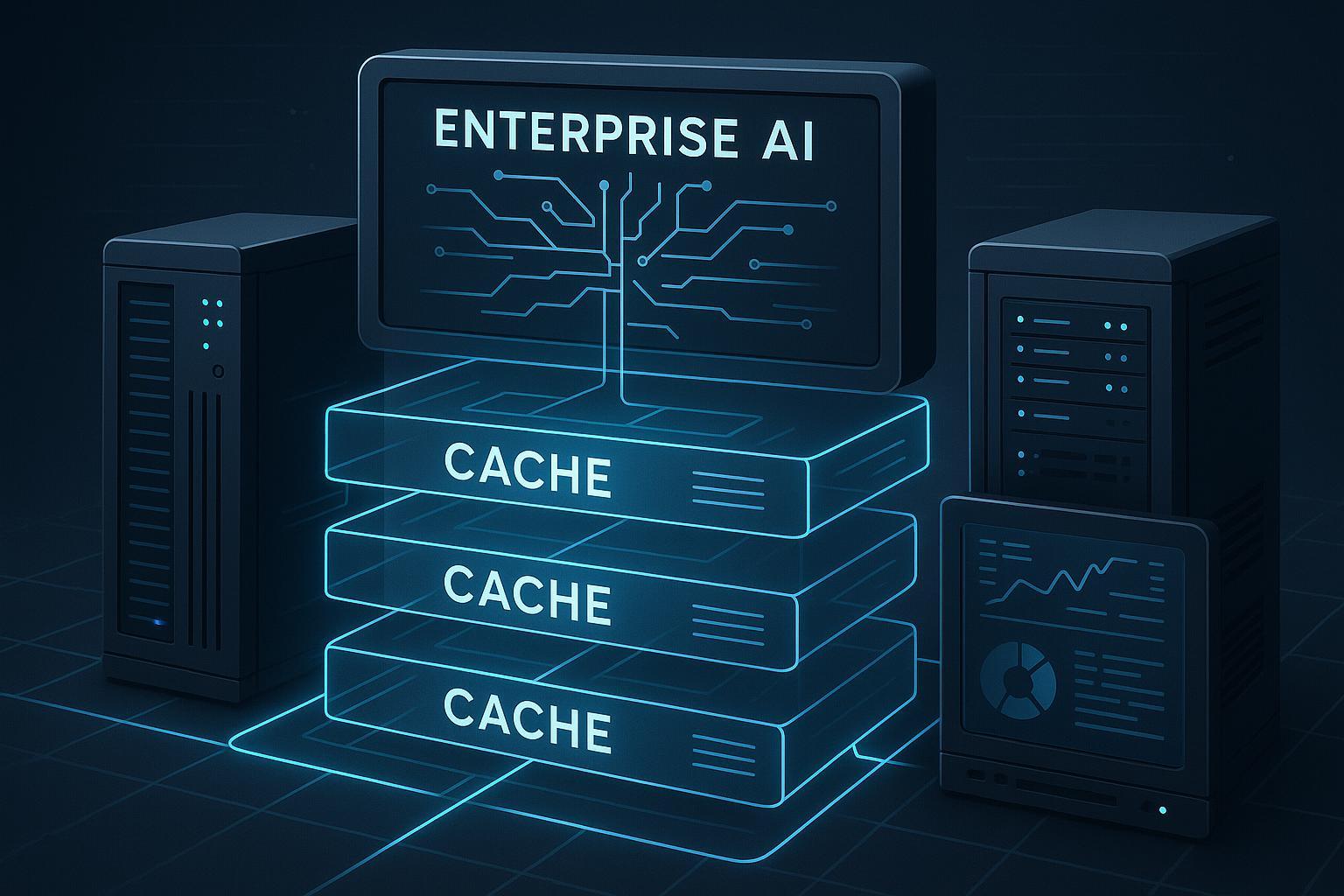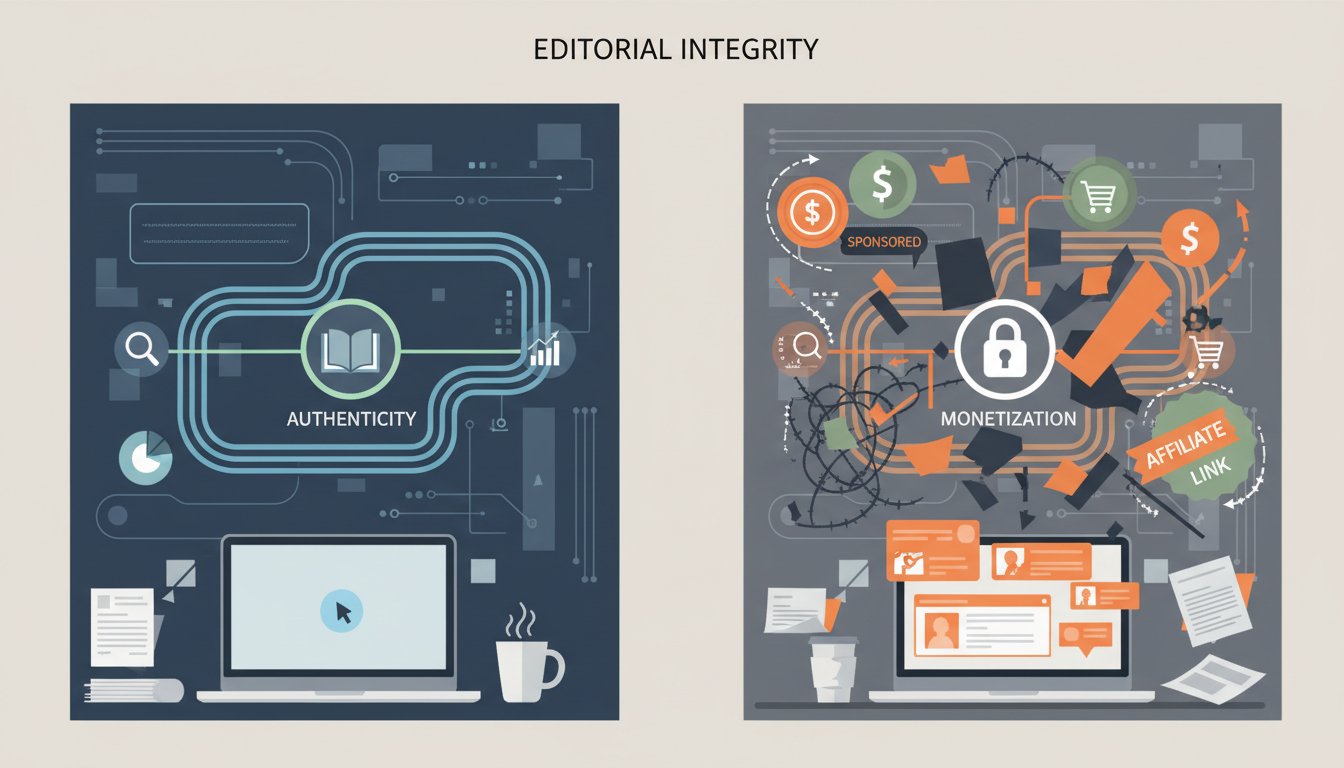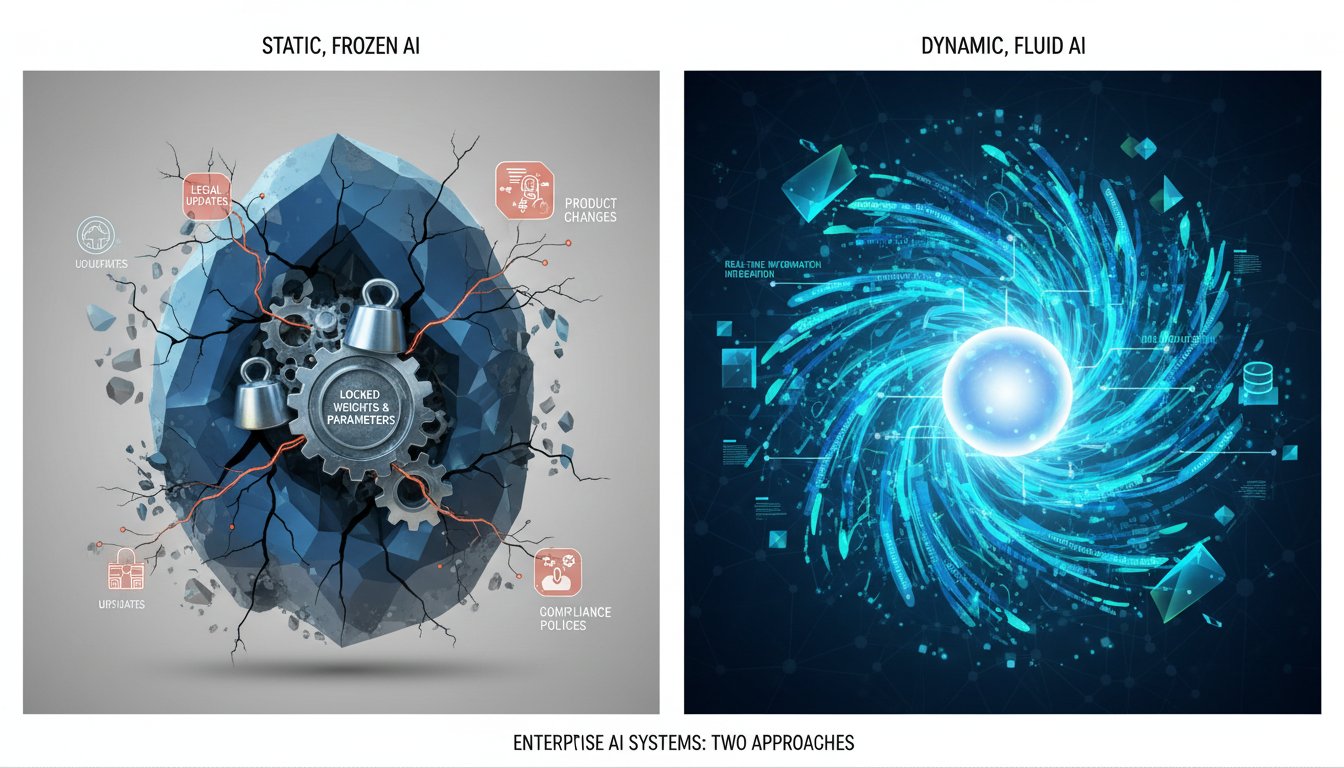Decoding the Magic: How Cache-Enhanced RAG Supercharges Enterprise AI Systems
Introduction
Imagine your enterprise AI, tirelessly sifting through mountains of data, answering queries with human-like nuance. Now, imagine it doing so at lightning speed, every single time. This isn’t a far-off dream; it’s the power unlocked by optimizing Retrieval Augmented Generation (RAG) systems. RAG has undeniably revolutionized how AI interacts with proprietary and external knowledge bases, enabling Large Language Models (LLMs) to provide answers that are not only fluent but also factual and contextually relevant.
However, as organizations eagerly deploy RAG solutions, they often encounter a new set of challenges. The initial excitement can be dampened by practical hurdles that emerge at scale. Latency in retrieving the necessary information from vast document stores can lead to frustrating delays for users. The spiraling computational costs associated with constantly running complex embedding models and powerful LLMs can strain budgets. Furthermore, maintaining consistent, high-level performance as data volumes explode and the user base grows presents a significant scalability problem. These aren’t just minor technical hiccups; they represent substantial barriers to realizing RAG’s full potential in critical, customer-facing, or decision-making business applications. The “Enterprise RAG Challenges,” frequently highlighted in recent industry discussions and reports, underscore this pressing need for more efficient, robust, and scalable architectures.
Enter Cache-Enhanced RAG. This innovative approach addresses the core performance bottlenecks by intelligently storing and reusing frequently accessed information and computational results. By introducing sophisticated caching mechanisms at various points within the RAG pipeline, we can significantly reduce redundant processing. It’s a strategy that’s not just about achieving incremental speed improvements; it’s about architecting smarter, more cost-effective, and highly scalable AI systems that can truly meet the demands of modern enterprises.
This post aims to dive deep into the world of Cache-Enhanced RAG. We will meticulously unpack why traditional RAG systems can hit performance walls, especially in demanding enterprise environments. We’ll then explore how various caching mechanisms provide a powerful breakthrough, detailing their operational principles. Most importantly, we will highlight the tangible, multifaceted benefits that Cache-Enhanced RAG can bring to your organization and discuss key considerations for its successful implementation. Get ready to decode the magic behind high-performance RAG and understand why caching is rapidly becoming an essential, non-negotiable component for any future-proof AI strategy.
The Achilles’ Heel: Unmasking Bottlenecks in Standard RAG Systems
The promise of Retrieval Augmented Generation is immense: empowering LLMs to ground their outputs in factual, up-to-date information, thereby overcoming issues of hallucination and providing more trustworthy responses. This capability is transformative for countless applications, from customer service bots to research assistants. However, as organizations scale their RAG deployments from proof-of-concept to enterprise-wide solutions, certain inherent bottlenecks in the standard RAG architecture become increasingly apparent, potentially limiting its effectiveness and return on investment.
The Retrieval Burden: A Weight on Performance
At the heart of every RAG system lies a crucial retrieval step. This involves identifying and fetching the most relevant document chunks or data snippets from a vast knowledge base to inform the LLM’s subsequent generation process. This retrieval typically relies on semantic search over vector embeddings, comparing the query embedding against a massive index of document embeddings. While vector databases are optimized for this task, the sheer volume of data in many enterprise knowledge bases – potentially millions or even billions of documents – means that this search can still be time-consuming.
Each incoming query, by default, triggers this potentially intensive search operation. Even with highly optimized vector databases and indexing strategies, latency can accumulate, particularly when the system is under high concurrent load. This retrieval latency directly impacts the overall user experience, as users in most interactive applications expect near real-time responses. Slow retrieval means slow answers, which can diminish user satisfaction and adoption.
The Computational Cost Factor: More Than Just Pennies
Running a RAG system involves a sequence of computationally intensive tasks. First, the input query needs to be converted into an embedding using a sentence transformer or similar model. Then, this embedding is used for the retrieval search. Finally, the retrieved context and the original query are fed into a powerful LLM to generate the final response. Both the embedding generation and the LLM inference demand significant computational resources, often requiring specialized hardware like GPUs.
In a standard RAG setup, these computations are frequently repeated, even for queries that are identical or semantically very similar to previously processed ones. This repetition leads to inefficient resource utilization and can quickly escalate operational costs, especially when using pay-per-use LLM APIs or maintaining a large fleet of inference servers. As major cloud providers like AWS emphasize in their RAG solution guides and best practices, optimizing this computational pipeline is paramount for sustainable and cost-effective enterprise adoption. Without optimization, the cost can become a prohibitive factor for widespread deployment.
Scalability Conundrums: Growing Pains for RAG
Scalability is a critical concern for any enterprise system, and RAG is no exception. As the underlying knowledge base expands with new information, or as the number of concurrent users querying the system grows, standard RAG systems can struggle to maintain consistent performance levels. The retrieval system might become slower as the index size increases, and the LLM inference endpoints can become overloaded if requests pile up.
Without intelligent mechanisms to alleviate repetitive tasks and manage load, the system’s components can become bottlenecks. This can lead to increased average response times, higher error rates, and potential service degradation during peak usage periods. The “Enterprise RAG Challenges” widely discussed in the AI community often revolve around achieving true scalability – the ability to grow efficiently and reliably without a linear increase in cost or a decrease in performance.
Cache-Enhanced RAG: The Elixir for Enterprise-Grade Performance
Just as caching has been a cornerstone of high-performance traditional software, web architecture, and database management for decades, its strategic application to Retrieval Augmented Generation systems is proving to be a transformative strategy. Cache-Enhanced RAG introduces intelligent memory layers into the processing pipeline, designed to dramatically reduce redundant work, alleviate bottlenecks, and unlock new levels of efficiency. It’s about working smarter, not just harder.
What Exactly is Caching in the RAG Universe?
In the specific context of RAG, caching refers to the practice of storing the results of certain expensive or frequently repeated operations so that they can be quickly retrieved and reused for subsequent, similar requests. Instead of re-computing an embedding, re-fetching documents from a primary vector store, or re-generating a response with an LLM, the system first checks if a valid result already exists in its cache.
This simple principle can be applied to various stages of the RAG pipeline. We could cache the final LLM-generated responses, the retrieved document chunks pertinent to a query, or even intermediate computational results like query embeddings or context relevance scores. The overarching goal is straightforward: perform the heavy lifting associated with data retrieval and language model inference once, and then reuse those results as many times as possible for identical or semantically similar inputs. This avoids unnecessary reprocessing and significantly speeds up the response delivery.
The Architectural Blueprint: How Cache-Enhanced RAG Works
A typical Cache-Enhanced RAG pipeline thoughtfully incorporates one or more caching layers at strategic points. When a new user query arrives, the system’s workflow is modified to leverage these caches:
- Query Cache Check: The system first checks a high-level cache (often called a query cache or response cache). Has this exact query, or a semantically very similar one (depending on the sophistication of the cache), been processed recently? If a valid cached response exists, it’s returned immediately to the user, bypassing all subsequent RAG stages. This provides the fastest possible response.
- Embedding Cache Check (Optional): If the query isn’t found in the response cache, its embedding is calculated. Before performing the vector search, the system might check if an embedding for this exact query string was computed recently and cached, saving a call to the embedding model.
- Retrieval Cache Check: If the query proceeds to the retrieval stage, before querying the primary, potentially slower vector database, the system might check a retrieval cache. This cache could store mappings from query embeddings (or semantic hashes of queries) to the sets of document IDs or chunks that were previously retrieved for them.
- LLM Input/Output Caching: Once relevant documents are retrieved (either from cache or the main store), they are combined with the query to form the prompt for the LLM. The generated response from the LLM can then be stored in the query/response cache for future use, associated with the input query or its semantic representation.
The cache layers sit strategically between the core components of the RAG system, acting as high-speed buffers and shortcuts. The effectiveness of this architecture hinges on the cache hit rate – the percentage of requests that can be served directly from a cache.
A Spectrum of Caching Strategies
There isn’t a one-size-fits-all caching solution. Different caching techniques can be employed, often in combination, to address various bottlenecks and optimize different aspects of the RAG pipeline:
- Exact Match Query Caching: This is the simplest form, storing the final LLM-generated answers indexed by the exact input query string. It’s most effective for frequently asked identical questions (e.g., common FAQs).
- Document Chunk Caching / Retrieval Caching: This strategy caches the relevant document snippets (or their identifiers) retrieved for a given query or, more robustly, for a given query embedding. If subsequent queries are similar enough to require the same set of documents, retrieval from the main vector database is bypassed, saving considerable time and I/O.
- Semantic Caching: This is a more advanced and powerful form. Instead of relying on exact matches of query strings, semantic caching stores results based on the semantic similarity of queries. If a new query is determined to be semantically close (i.e., has a similar meaning or intent) to a previously cached query, the cached result (or parts of it, like the retrieved documents) can be reused or adapted. This significantly broadens the applicability of caching, as users rarely phrase the same underlying question in precisely the same way. Cutting-edge research in “Cache-Enhanced




